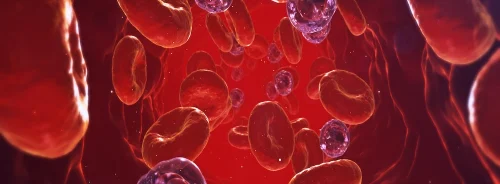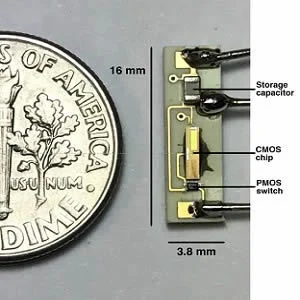Researchers from Rice University and Texas Heart Institute have introduced a wireless, battery-less pacemaker that can be implanted directly into a patient's heart. Their device was presented at the IEEE's International Microwave Symposium (IMS) in Honolulu.
The pacemaker was designed by Aydin Babakhani, electric and computer engineering professor at Rice lab. The device harvests energy wirelessly from radio frequency radiation transmitted by an external battery pack. The wireless power transmitter is a few centimeters away.
Pacemakers are generally not implanted directly into a patient's heart but at a certain distance. Electrical signals are transmitted to the heart via leads. Surgeons periodically replace batteries with minor surgery. However, there are some problems associated with this arrangement including the risk of bleeding and infection. This new prototype could eliminate these risks as it doesn't require any leads.
The system's chip is less than 4 millmeters wide and includes a receiving antenna, an AC-to-DC rectifier, a power management unit and a pacing activation signal. There is also a capacitor and switch along with the chip on a small circuit board. Power is generated through microwaves in the 8 to 10 GHz electromagnetic spectrum.
Pacing signals can be adjusted by increasing or decreasing the power transmitted to the receiving antenna. When it reaches a predetermined threshold, an electrical charge is released to the heart and it begins to fill again.
Other lead-less pacemakers have been introduced recently but according to Prof Babakhani, their form factors limit them to a single heart chamber and they are unable to provide dual-chamber or biventricular pacing. On the other hand, this new battery-less pacemaker uses wirelessly powered microchips that are implanted directly to pace multiple points inside or outside the heart.
Dr. Mehdi Razavi, director of clinical arrhythmia research and innovation at THI and an assistant professor at Baylor College of Medicine highlights that this technology could potentially achieve the Triple Crown of treatment of lethal cardiac arrhythmias, external powering, wireless pacing and cardiac defibrillation that is painless and imperceptible.
The device has been successfully tested in a pig and it was observed that the animal's heart could be tuned from 100 to 172 beats per minute.
Source: Rice University
Image Credit: Rice Integrated Systems and Circuits/Rice University
Latest Articles
pacemaker, cardiac arrhythmias, Battery-Less, wireless pacing
Researchers from Rice University and Texas Heart Institute have introduced a wireless, battery-less pacemaker that can be implanted directly into a patient's heart. Their device was presented at the IEEE's International Microwave Symposium (IMS) in Honolu







